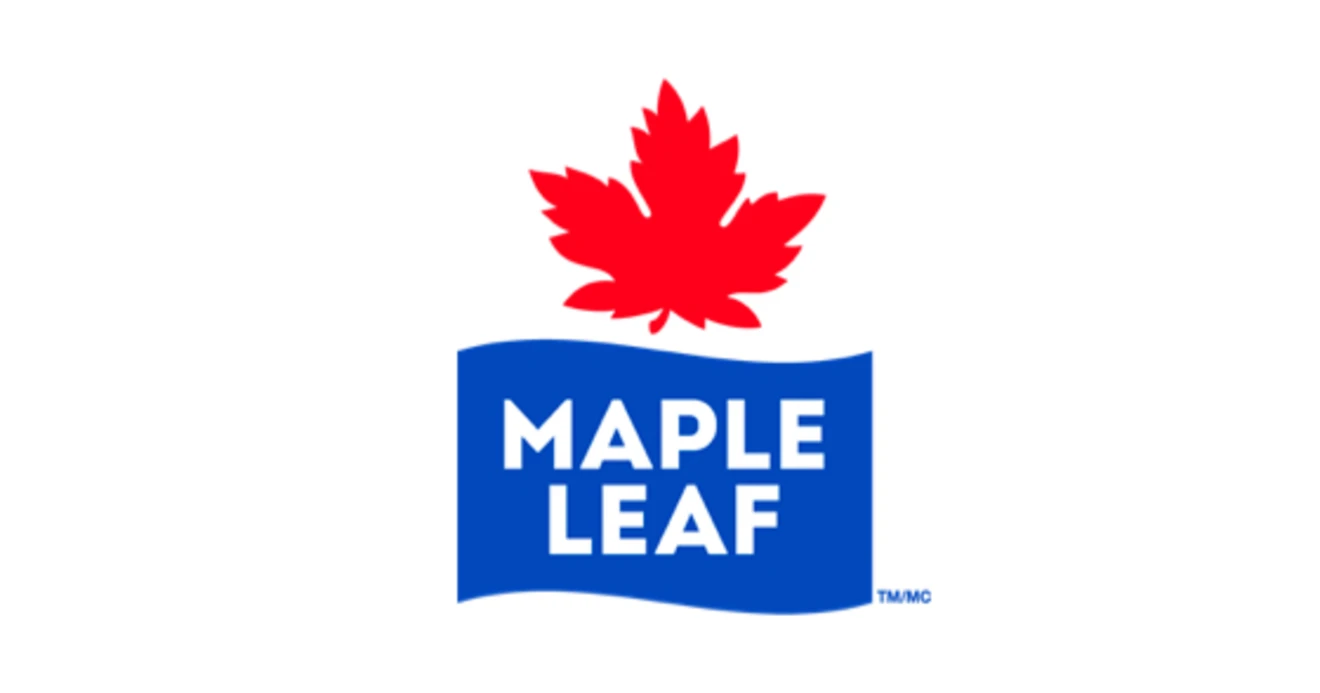Maple Leaf Foods Inc
Key Information
HQ:
Canada
Market Cap:
$2.01bn
Primary Market:
North America
Business Type:
Protein Producer
Company Information
Company Summary
Maple Leaf Foods, founded in 1927 and headquartered in Mississauga, Canada, is a global producer of packaged meats. The company operates through two main segments: Meat Protein Group and Plant Protein Group, catering to both traditional and plant-based protein markets.
Revenue
Total revenue:
$3.5bn
Revenue by Geography
Revenue by Protein
Revenue by Product Type
Disclosures
CDP ScoresLast Reviewed: 16/10/2024
| CDP Climate | CDP Forests | CDP Water |
|---|---|---|
| Yes | Yes | No |
Science Based Target initiativeLast Reviewed: 16/10/2024
| Target classification | Status | Date |
|---|---|---|
| 2°C | Targets Set | 2019 |


